The Buying Solution’s Harry Gladwin discusses how the current house price uncertainty is leading to more off-market opportunities. Read more here.
The Buying Solution in The Times
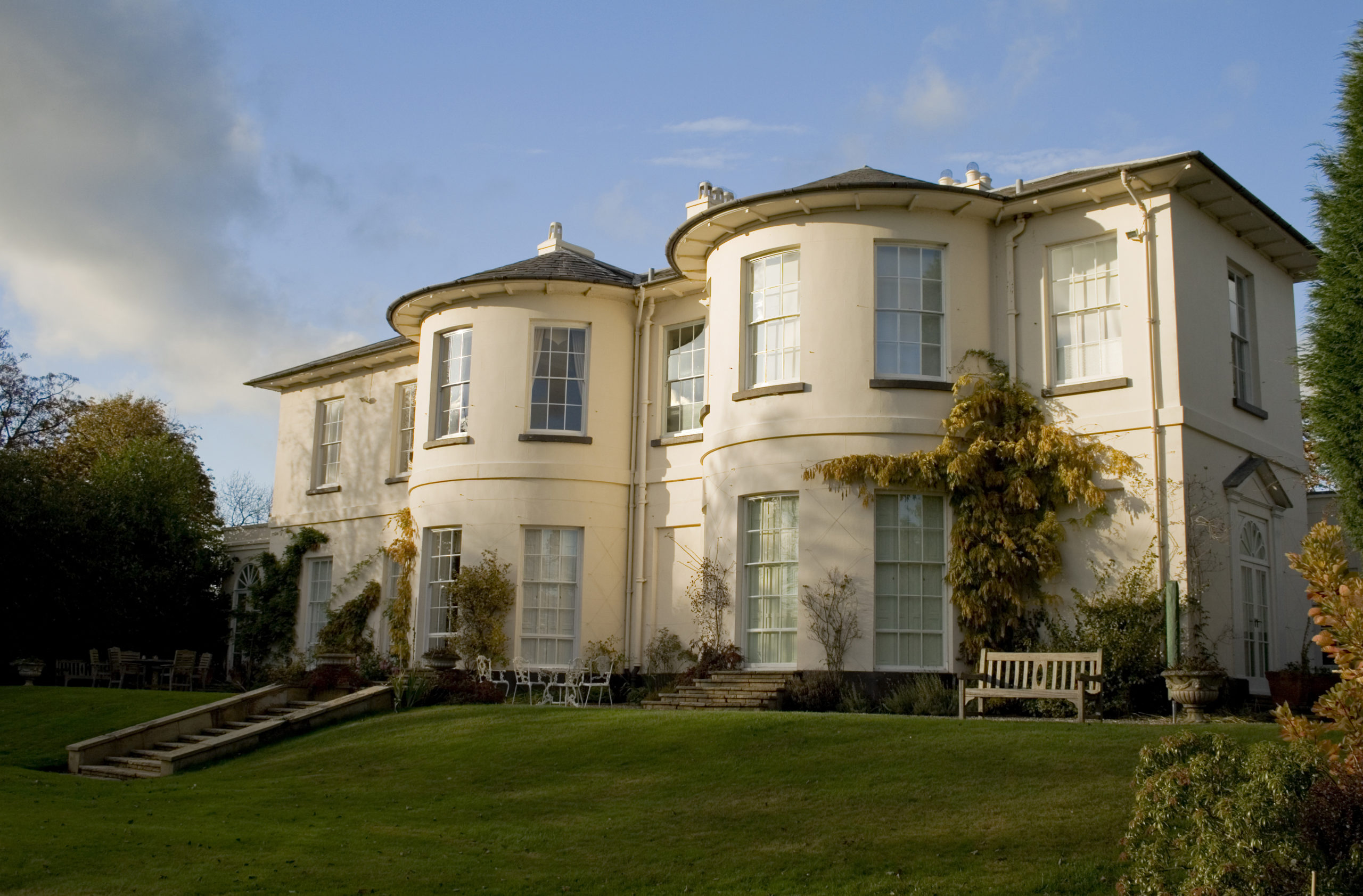

The Buying Solution’s Harry Gladwin discusses how the current house price uncertainty is leading to more off-market opportunities. Read more here.
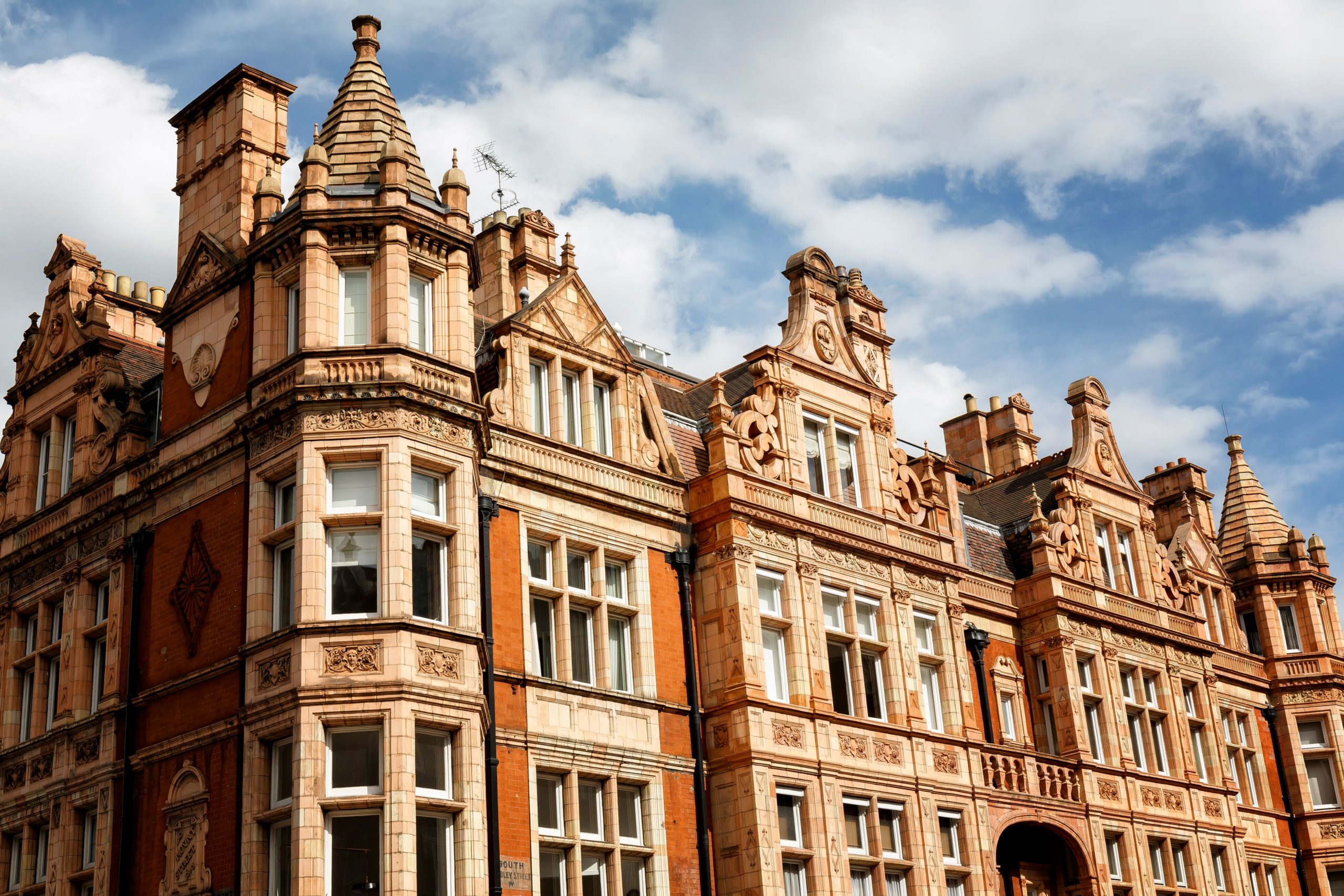
Buying a house can be daunting and stressful at the best of times, but what if your dream home came with the responsibility of owning a piece of Britain’s history? For nearly half a million home owners in the UK this is a reality if they own a listed building, in other words, a building that has been judged to be of national importance for its architectural or historic interest.
Whether it’s a chocolate box cottage, a city town house or a sprawling country estate, the joys of owning a small part of our heritage can be immensely satisfying and rewarding. Listed homes are usually lovely to look at and are – full of character and history – this is what attracts people to them in the first place. There can, however, be downsides. Here are some key points to consider before buying a listed building.
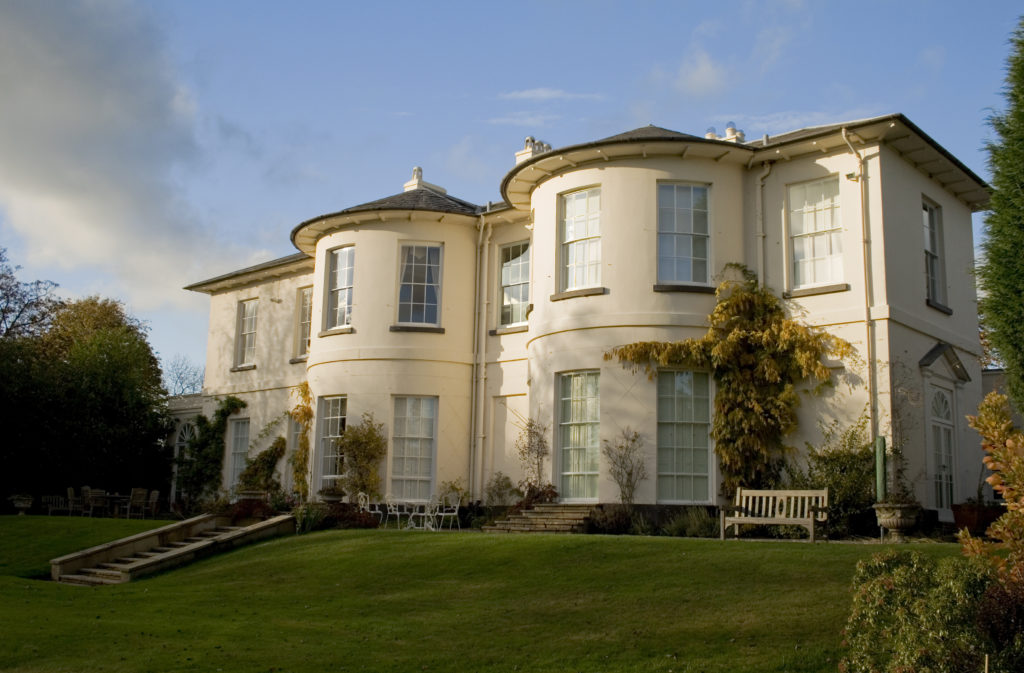
1. Love what you see
Make sure you really like what is there when you purchase as you may be stuck with it. If you are considering making changes after you purchase, make sure to consult a seasoned architect or planning advisor who is used to dealing with listed buildings and has a good relationship with the Conservation Officer within the Council.
The law requires that listed building consent be granted by the local planning authority in conjunction with English Heritage for any alterations which affect the character of the listed building. The controls don’t normally extend to replacing the bathroom suite or kitchen units but most other alterations will require consent. If in doubt, speak to the Listed Property Owners Club, your local planning authority or your dedicated buying agent.
2. Alterations are difficult but not always impossible
Remember, it is often easier to make additions to listed houses than to remove or change anything existing. Adding an extension or indoor pool which doesn’t alter the main property is likely to be easier than removing an original feature, however small, even if it’s a fireplace or internal wall. If a feature is specifically mentioned in the official listing document, you haven’t got much of a chance in changing it, so check this very carefully (these can be found online here).
Grade I and II* are the higher grades which represent only the top 7% of listed buildings. Most buildings are listed Grade II. If you apply for listed building consent to make alterations, greater weight will be given to preserving the architectural and historic significance of the more highly graded buildings. English Heritage will also be consulted on these applications. It’s worth bearing in mind that all buildings are listed with a view to preserving their character, whatever the grade.
3. Beware of historic work on the property
Check the building’s listing date and any works carried out by the current or previous owners since that date have been done correctly, with appropriate listed building consent and, if relevant, planning permission. If the property does not correspond exactly with the approved plans on the consents, you as the new owner may be the one who has to reinstate any previous works. Beware of Enforcement Action.
There is no time limit to when a local planning authority can require unauthorised alterations to be reversed. It goes without saying that you need to be very cautious if you suspect alterations have been made without consent.
When a building is listed the whole building is protected, inside and outside. In fact, statutory protection extends to the building itself, anything attached to the building and any building within the curtilage of the building. If it transpires unauthorised changes have been made to the property by a previous owner, this may have an impact on you being able to mortgage the property and insure it.
4. Think seasonal
If you’re buying in the summer, make sure the property is going to be warm enough in the winter. Old windows can often be drafty and gaining consent for double glazing is usually not possible
5. Make sure you’re covered
Be prepared for larger insurance premiums if the property is listed similar to if it is thatched. With any insurance quotes you get, make sure you read the policy and check exactly what you will be insured for as many people make the mistake of being under insured A policy obtained from an online comparison site is unlikely to be sufficient. Check that the provider will cover the full cost of a rebuild to the conservation officer’s standards should the situation arise.
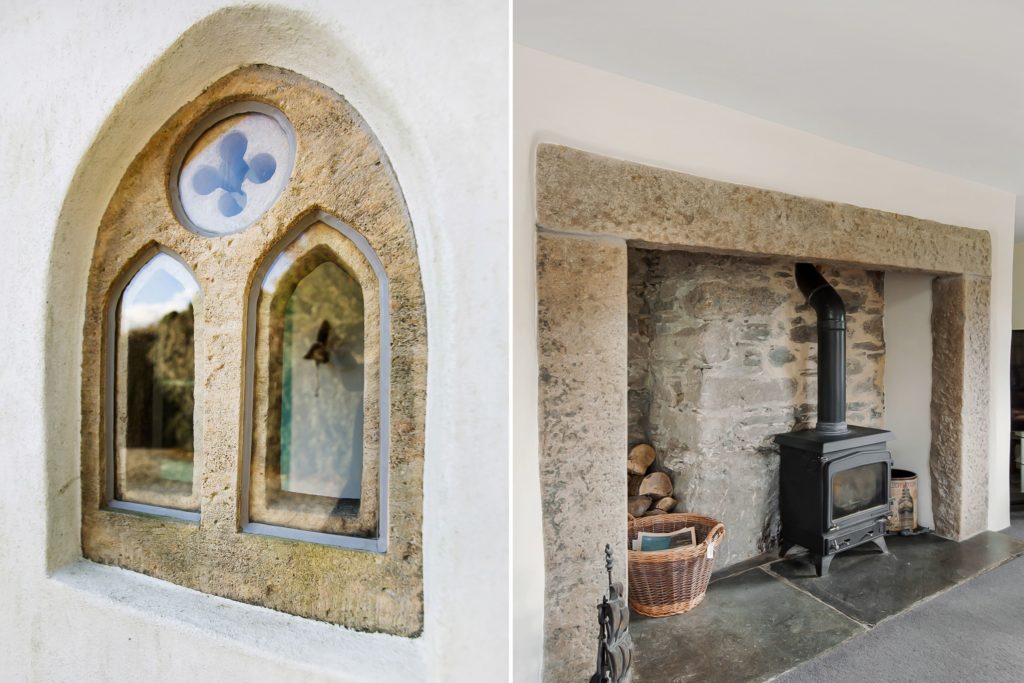
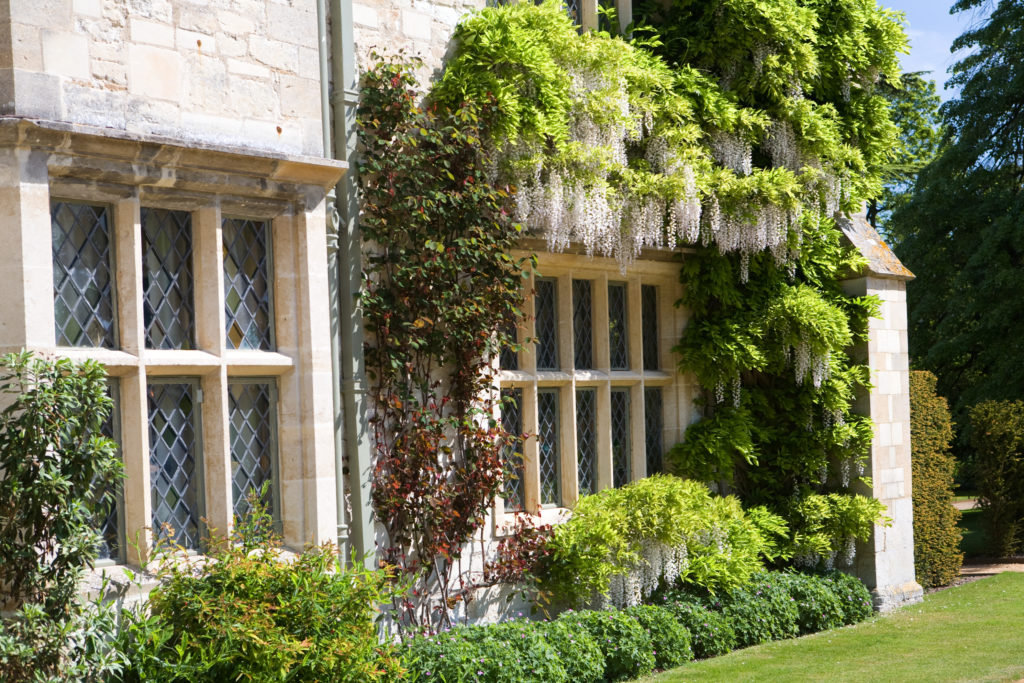
The Listed Property Owners’ Club is Britain’s only advice service dedicated to helping members get the most from their homes by providing detailed guidance, information and support for just about every conceivable issue associated with ownership.
A reputable buying agent will have good knowledge of these issues and make introductions to appropriate experts prior to purchasing to avoid clients inheriting these problems.
The Buying Solution’s team has over 200 years of collective experience in purchasing listed buildings, we pride ourselves on giving our clients the best advice which is part of our winning edge in ensuring they buy the right property for their needs.
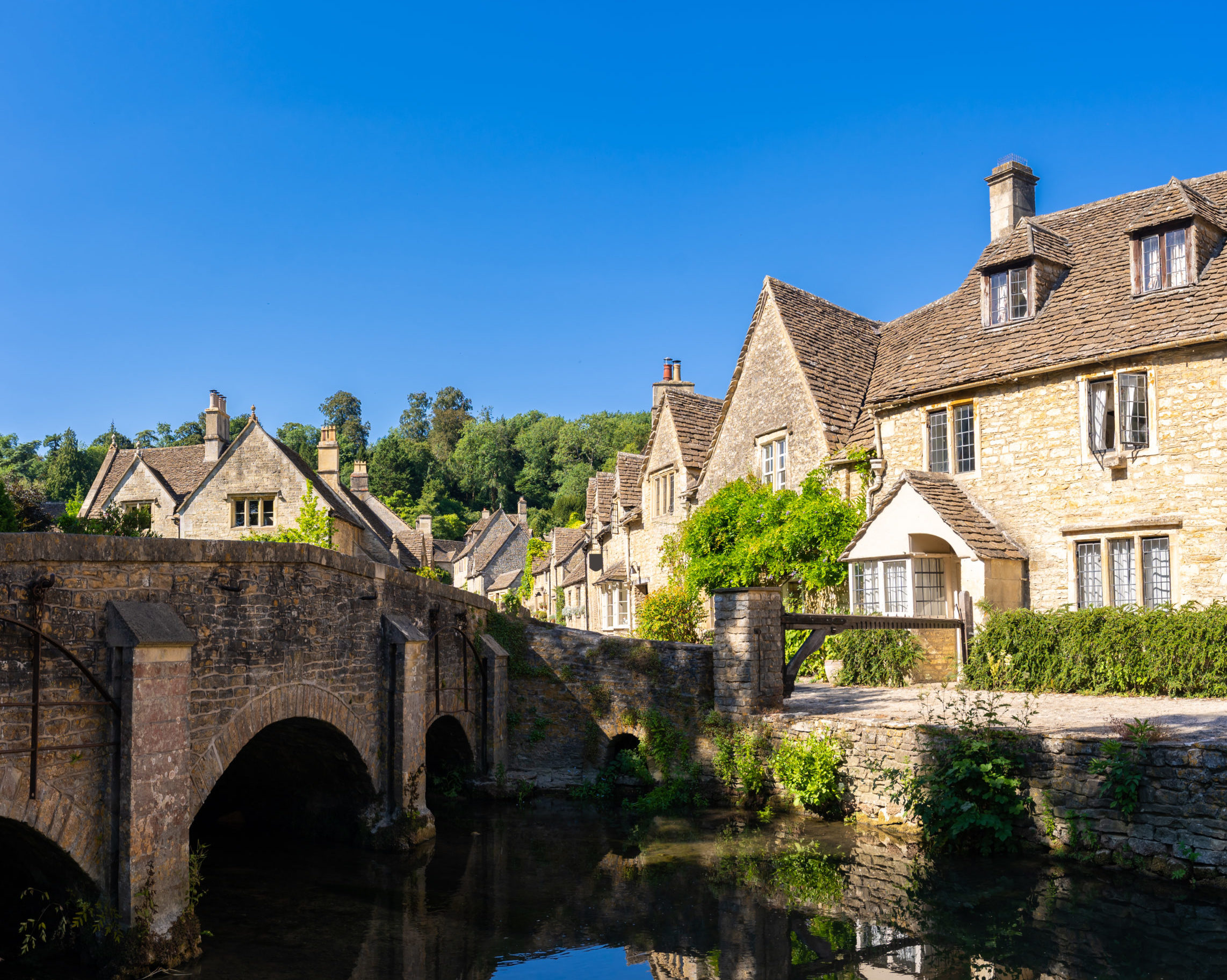
The Buying Solution’s Harry Gladwin discusses ’20 British villages that have gone up in value’ with Anna White from The Telegraph. Read more here.
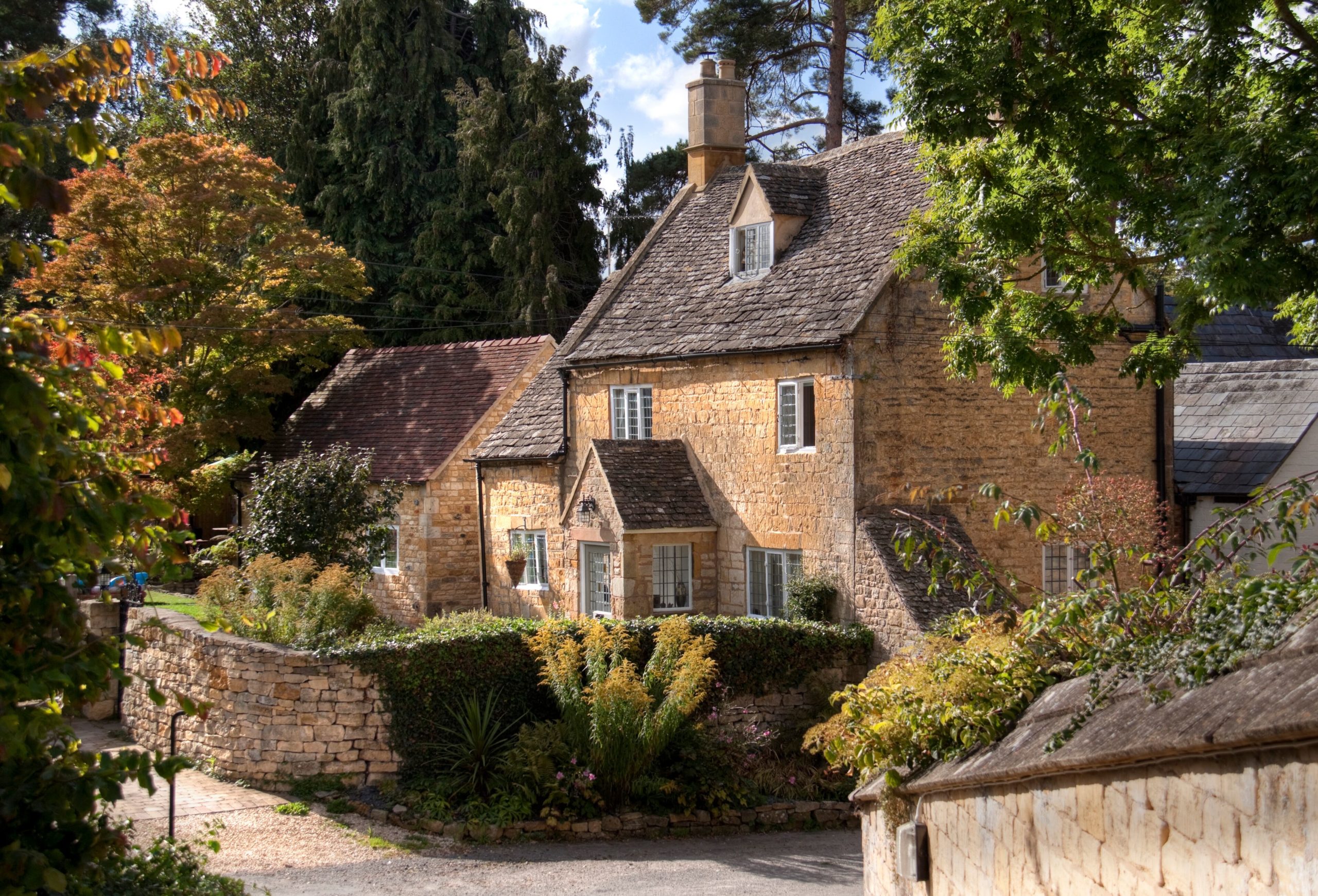
The Buying Solution’s Harry Gladwin featured in the Sunday Times about why there is such a desire for three/four bedroom properties. Read more here.

Giles’ apple tart is the perfect way to use up any fallen apples you have left over, or to create the perfect warming pudding for friends and family as we now enter into the Autumn months.

250g of Puff Pastry
Apples (roughly 6 depending on the size of your apples)
1 lemon juiced
2 tbsp caster sugar (reduce if you would like it to be less sweet/caramelised)
1 tsp cinnamon
2 tbsp butter

Preheat the oven to 180°C.
Spread the shortcrust pastry onto a dish, prick the bottom with a fork and store in the fridge.
Peel the apples, remove the core and cut them into thin slices.
Melt the butter in a saucepan then pour it over the apples in a bowl.
Add the sugar to the cinnamon and mix the apples by hand so that they are perfectly coated.
Arrange the apples on the pastry.
Put in the oven for about 30 minutes or until golden brown.
If you can, leave to cool before tasting.
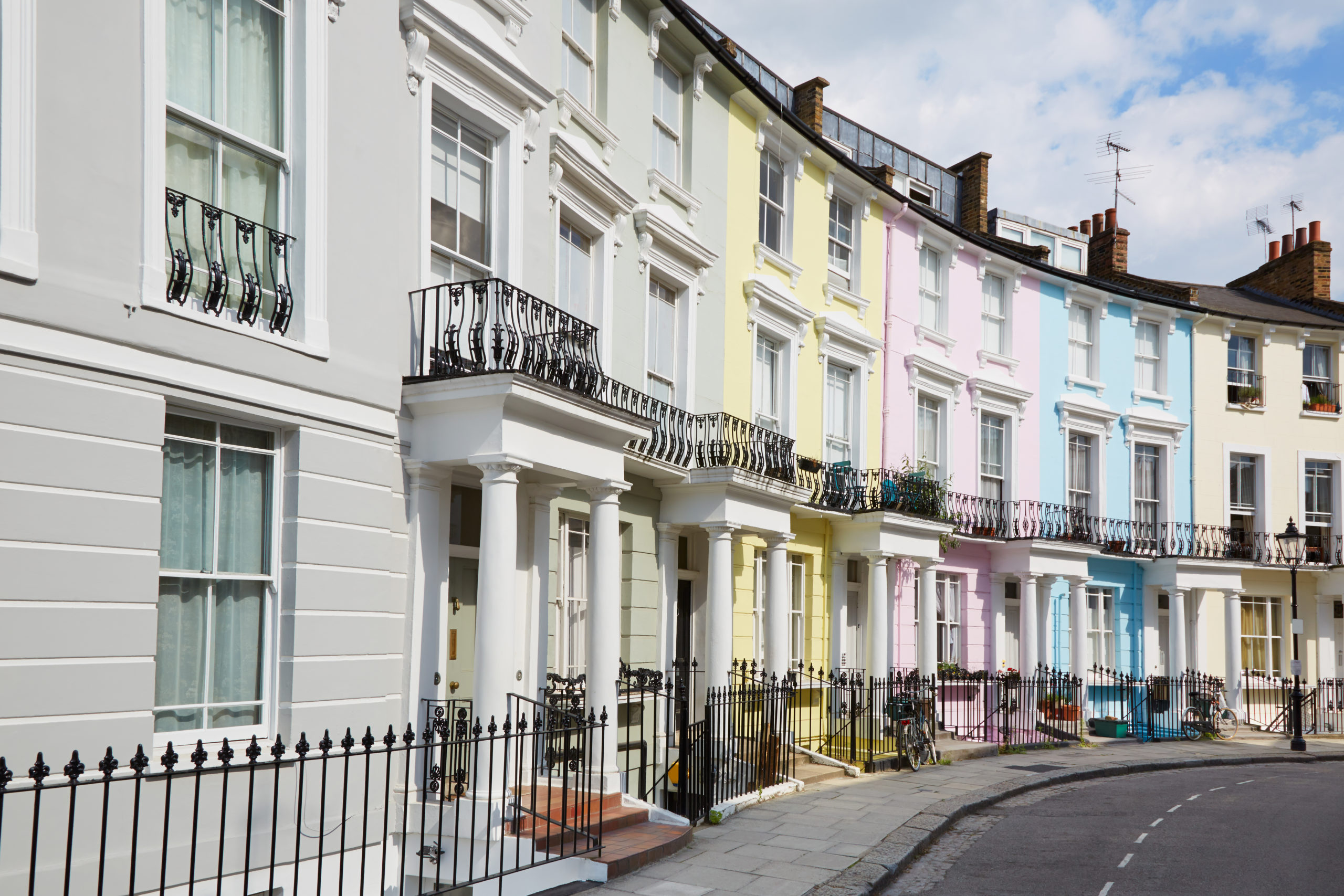
The perfect opportunity to buy can be something of a myth at the best of times. When you consider the major socio-political events in the UK during the past month, it seems as though the backdrop to buying a property continues to become increasingly turbulent as opposed to showing any signs of settling down.
With the Chancellor unveiling his new Growth Plan as part of the mini-budget last week, we’ve seen the start of big changes to the UK’s economy, including the largest package of tax cuts in generations. We’re also seeing the pound fluctuate against the US dollar, therefore many of our international clients are now understandably viewing prime properties in London or key country hotspots as an appealing place to invest. We expect to see many more top-end UK homes snapped up by overseas buyers over the coming months.
As ever, when there is uncertainty in the market, particularly in the wake of a new Prime Minister and with inflation rates continuing to rise, for those looking to invest their wealth property is often seen as a safe haven. We’re seeing an increasingly polarised market emerge, with growing disparity between the top and bottom ends both in London and the Country. With this in mind, buying the right property has arguably never been more important, and it’s particularly pertinent to enter into such financial investments with your eyes wide open to all possibilities.
During conversations with clients, we are often asked ‘do I really need you?’, in reality the answer is no. We are not essential to someone’s property purchase; anyone can walk into an estate agent and buy a property. We understand that we are a luxury, but is it a luxury in which you really cannot afford to indulge?
One fact about an uncertain market will always remain true: it’s crucial to get the right advice. Access to off market opportunities are perhaps one of our greatest strengths, having access to the right address book and properties cannot be underestimated. What is often overlooked is the certainty you really are buying a good investment that will be easier to sell in any market condition. When the market is particularly buoyant, stable and most importantly moving in a steady upward trajectory, mistakes are fairly easy to rectify – for instance, any financial over payment will be absorbed by capital growth. However, when there is uncertainty, you want to own a property which is easily marketable in a depressed market. We are here to ensure you do that.
As your trusted buying adviser, we are here to protect you from buying badly. This involves proper due-diligence on the property and area, experience and expertise from a team who have worked through upturns and downturns in the market, with the knowledge of the right areas to invest and an ethos to secure the best deal for the client.
We work closely with buyers and take a great deal of care to listen and understand their immediate and long term needs. We can identify the best area and help to negotiate the best price when the perfect property has been found. We consider everything from currency fluctuation to future political policies, and have the ability to position our clients as the best buyers with a justifiable price, that could potentially save you – our client – thousands, if not millions of pounds.
I can’t imagine buying a house in London without the help of TBS. I wish there was a TBS for everything tough in life. And because this business is made of people. They are absolutely outstanding
Client Testimonial
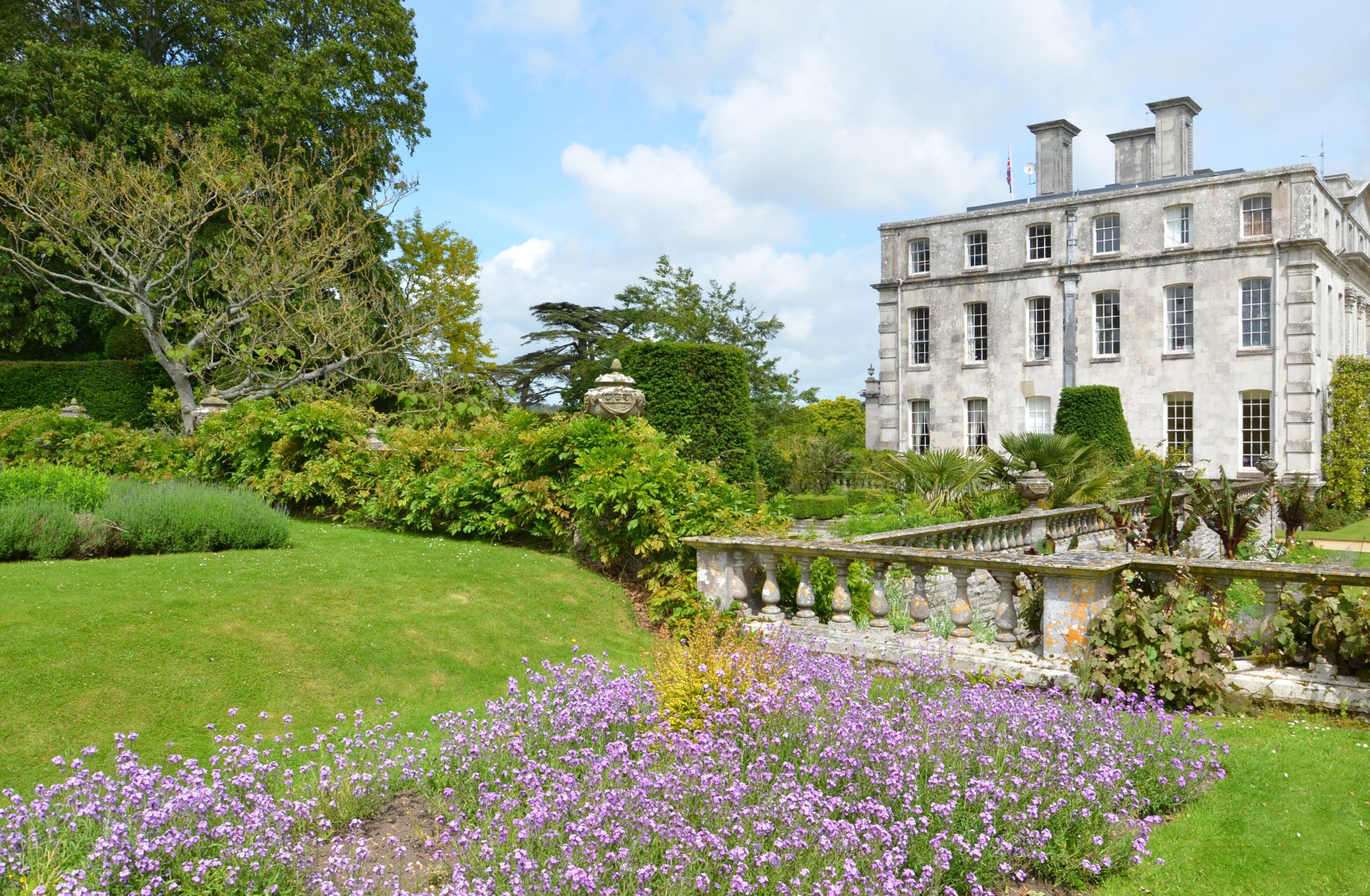
Jonathan Bramwell discusses the impact of the recent Stamp Duty changes on the Prime Property market. Read more here.
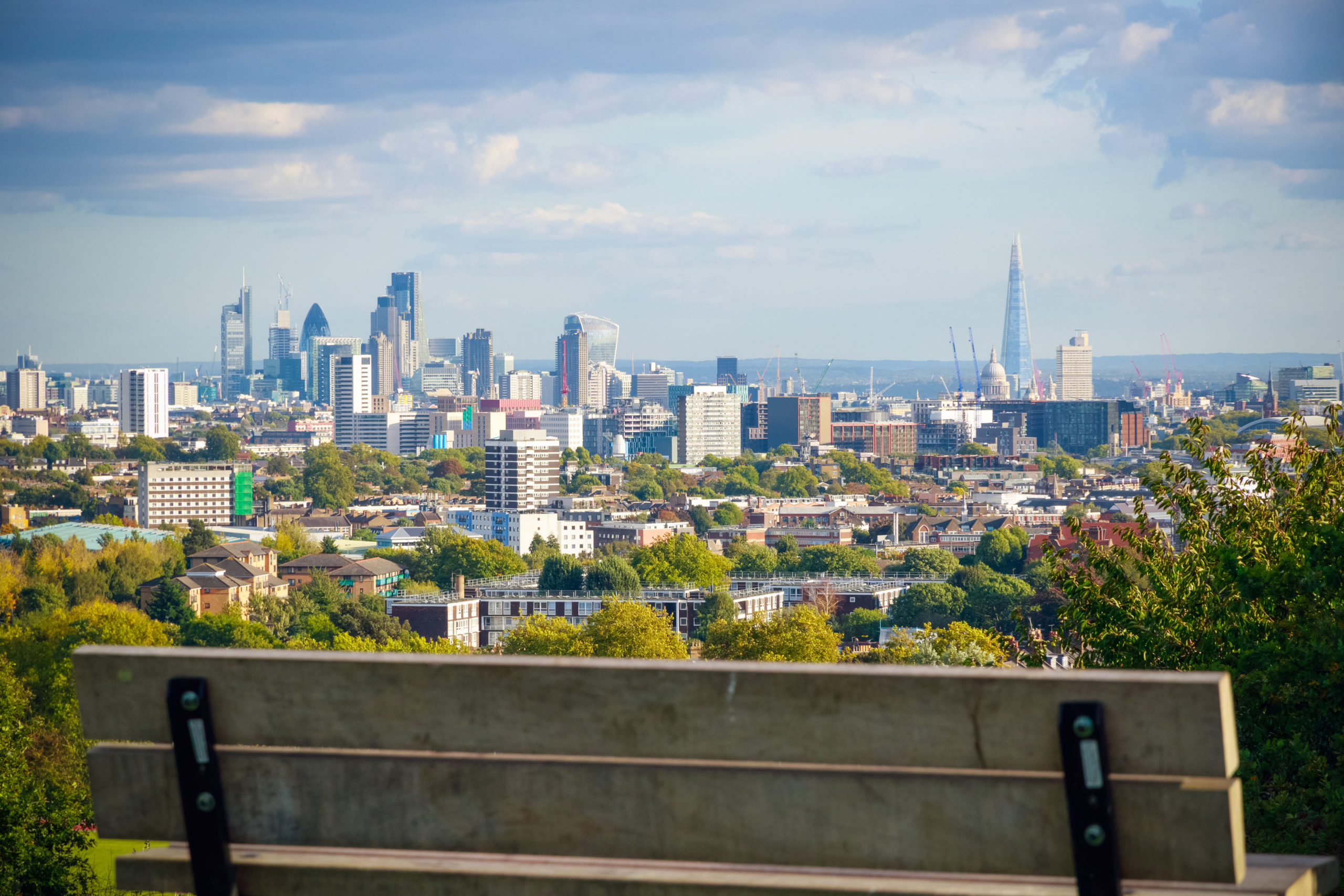
The Buying Solution’s Giles Elliott speaks to the Financial Times on the beauty of North London’s Tufnell Park. Read more here.
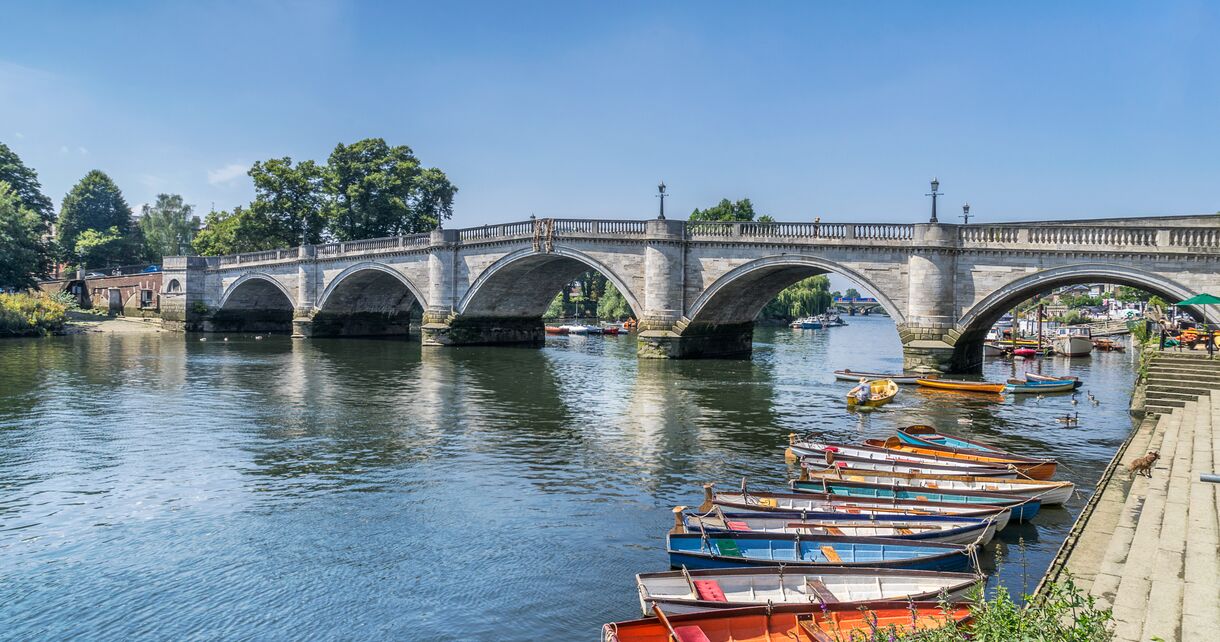
Being perched on the Thames is a major lifestyle choice, from the ever-changing views to the sporting, leisure, and health opportunities available to you. A home on the Thames can offer iconic views and tranquillity or a platform for sports and hobbies in either the Capital or the countryside.
The potential opportunities are vast, with private mooring opportunities, fishing and even paddleboards, literally, on your doorstep. What is the premium you can expect to pay for a life by the river?
According to Knight Frank’s Waterfront Index Q2 2022 the average premium for riverside property is 23% compared to non-waterfront property. It is no surprise that this premium comes with a plethora of opportunity for pastimes, but there is also a mental health benefit to being on the waterfront. According to a study of 26,000 people conducted by the University of Exeter published in the journal Health & Place, those who live less than a mile away from the ocean are 22% less likely to report issues such as depression and anxiety compared to those who live approximately 30 miles away from the water.
Something else for buyers to consider is their future property’s proximity to water from a privacy point of view. Living directly on a waterfront provides the best views, however privacy can be an issue depending on how popular the stretch of water is. Some city riverside properties may also provide direct access to the water and a private mooring, but with separation via a road or walkway.
An element of pragmatism must be taken when buying a river site, particularly with the changing weather systems and the recent increase in floods and extreme weather conditions in the UK. If you are building a property from scratch, working with specialist architects/project management teams to identify high-water marks and design/future proof homes is essential.
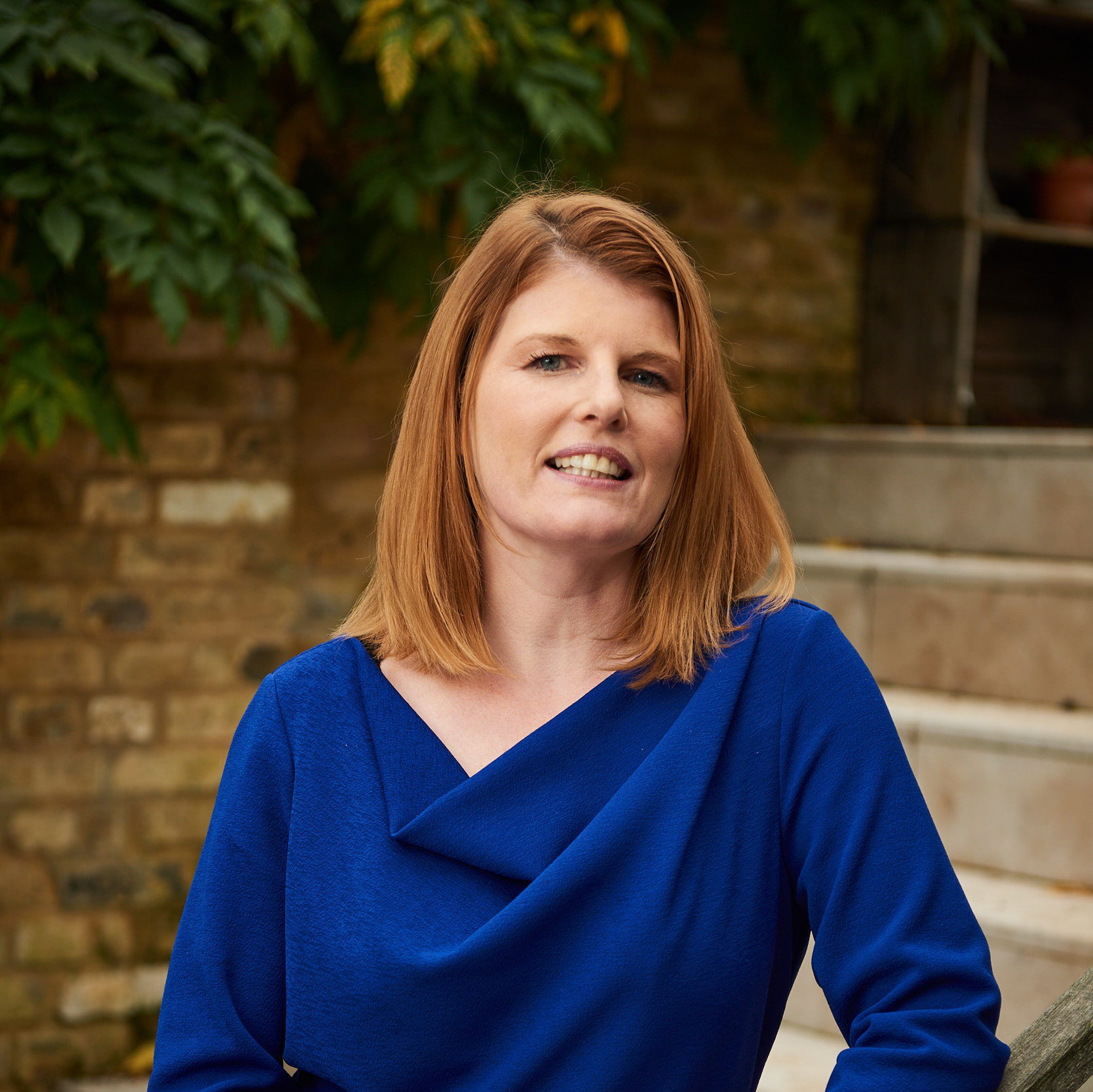
Jemma Scott, our north Home Counties expert, explains: “This time of year, riverside living is particularly at its peak from a demand point of view – messing about on the river is an important part of the Chilterns appeal, and there’s no better time to do this than the summer!
“In the home counties, we see demand for both second homes – which can often be more ‘fun’ – i.e., very modern contemporary with an emphasis on lifestyle and convenience, and then also the more long-term family-home type of properties.”
“There are also a number of highlights in the social calendar that become even more important when you’re living on the river. For example, Henley Royal Regatta and Festival, and a number of more local events focussed around the river, in Marlow, ‘Pub in the Park’ is a fun event, and the Gap Festival in Goring is also big.”

James Burridge, discusses the merits of riverside living from a London perspective: “Living on the Thames in London can mean far-reaching views, in some cases overlooking the Capital’s skyline, and often offer privacy in a way that can be hard to come by in a big city.
“Living on the Thames in London can also open up a world of opportunities when it comes to water sports – from more informal pursuits such as paddle boarding to organised team sports such as rowing and sailing. Commuting can also become a lot more enjoyable for those heading to Canary Wharf thanks to the Thames Clippers.”
Cheyne Walk – houses will typically start from £5m and can easily exceed £20m+ for some of the road’s largest homes
Cheyne Walk is one of the most well-known and sought-after addresses if wanting to overlook the River Thames in central London. James attributes the appeal to ‘having housed several famous residents over the years – George Eliot, Ian Fleming, and Mick Jagger to name a few. It also features numerous Blue Plaques. The majority of houses are famed for having good gardens to the rear, listed by English Heritage, and having a very traditional and period feel to them.’
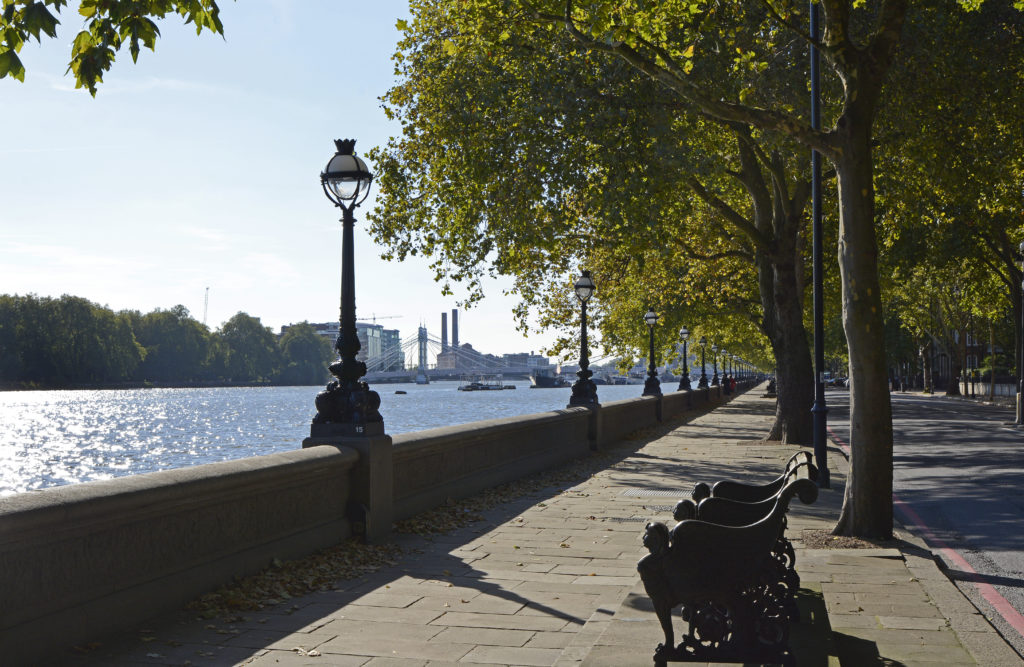
Richmond – average house price for a 4-bed detached property is £2-10 million
This relaxed and leafy borough is one of the most attractive locations in the UK with numerous Royal Parks, a stunning stretch of the River Thames and features some of London’s finest eatery’s, including Scott’s of Mayfair opening this Autumn. It’s particularly popular with families moving out of the centre looking for a little more space, greenery and riverside living. There is a short boat ride from Richmond to Teddington Lock where you can enjoy a spot of fishing or even a dip.
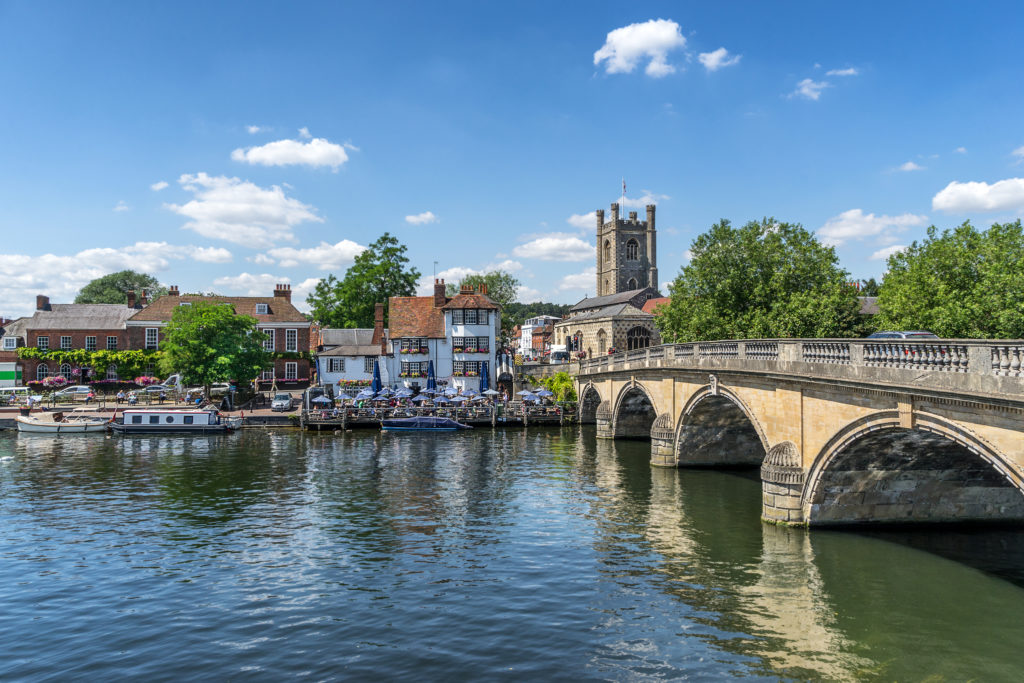
Fulham – average house price for a 4-bed detached property is £2-6 million
Just outside of the prime central London region, Fulham is an affluent area with a strong sense of community, benefiting from a prime location for access to the delights of Chelsea, Kensington and the West End. Fulham is not only home to its own riverside football club, but it features Michelin Starred London institution, The River Café and the exclusive private members club, The Hurlingham Club, all along the Thameside.
Putney – average house price for a 4-bed detached property is £1.5-5 million
Putney presents itself with a village feel and is a picturesque area of SW London, popularly known as the starting point of the annual university Boat Race, the Duke’s Head Pub being a prime spot to catch the start. It’s got plenty of trendy eateries, including Putney Pie’s, a pie-shop turned nightclub, bars and boutiques and a bustling High Street.
The Chilterns – Cookham, Marlow, Henley-on-Thames & Pangbourne
These popular Thameside communities, within the unspoiled Chiltern Hills, are popular with those wanting easy access to The City and Heathrow Airport and offer some of the most prime riverside locations outside of London. This stretch of the Thames has numerous boating and recreational activities, with its selection of marinas, rowing clubs, regattas, Thames path and riverside pubs. Cookham was thought to have inspired Kenneth Grahame to write The Wind in the Willows as he grew up in Cookham Dean and returned to the village to write the book. Marlow is a buzzing, cosmopolitan town with a really good high street and lots of excellent places to eat, including Tom Kerridge’s two Michelin-starred pub, the Hand and Flowers. Henley is home to the world-famous Leander Club, Henley Regatta and Festival. Some of the area’s most popular schools also border the river and include Shiplake and Pangbourne Colleges, Moulsford Prep & Queen Anne’s Caversham. Architecture is completely varied, from the Georgian stately home (£20m+), period manor houses and rectories (£5-10m), contemporary architecture and plenty of knockdown rebuild opportunities (£2m+).
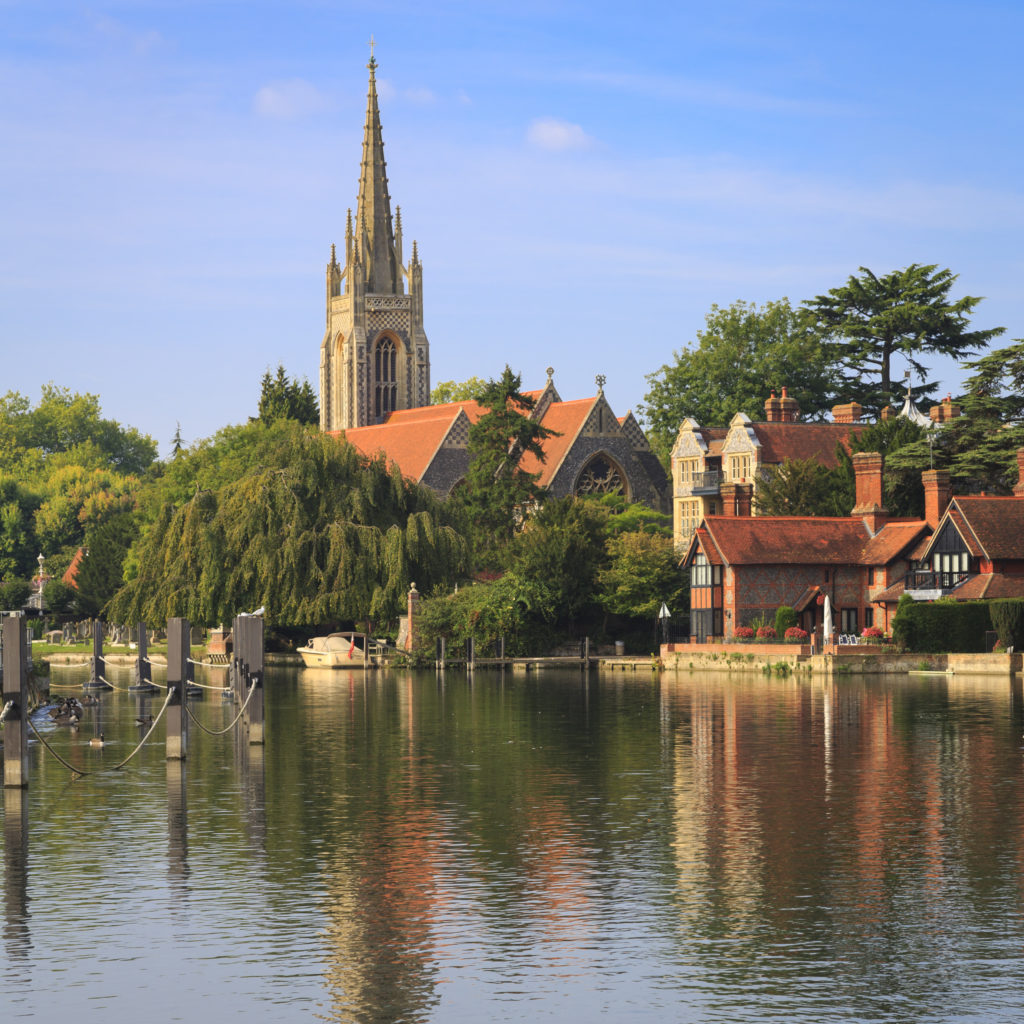
Contact us to find out more information about purchasing a property on the river Thames:
South West London, contact James Burridge
North Home Counties, contact Jemma Scott
Find the rest of the teams here.
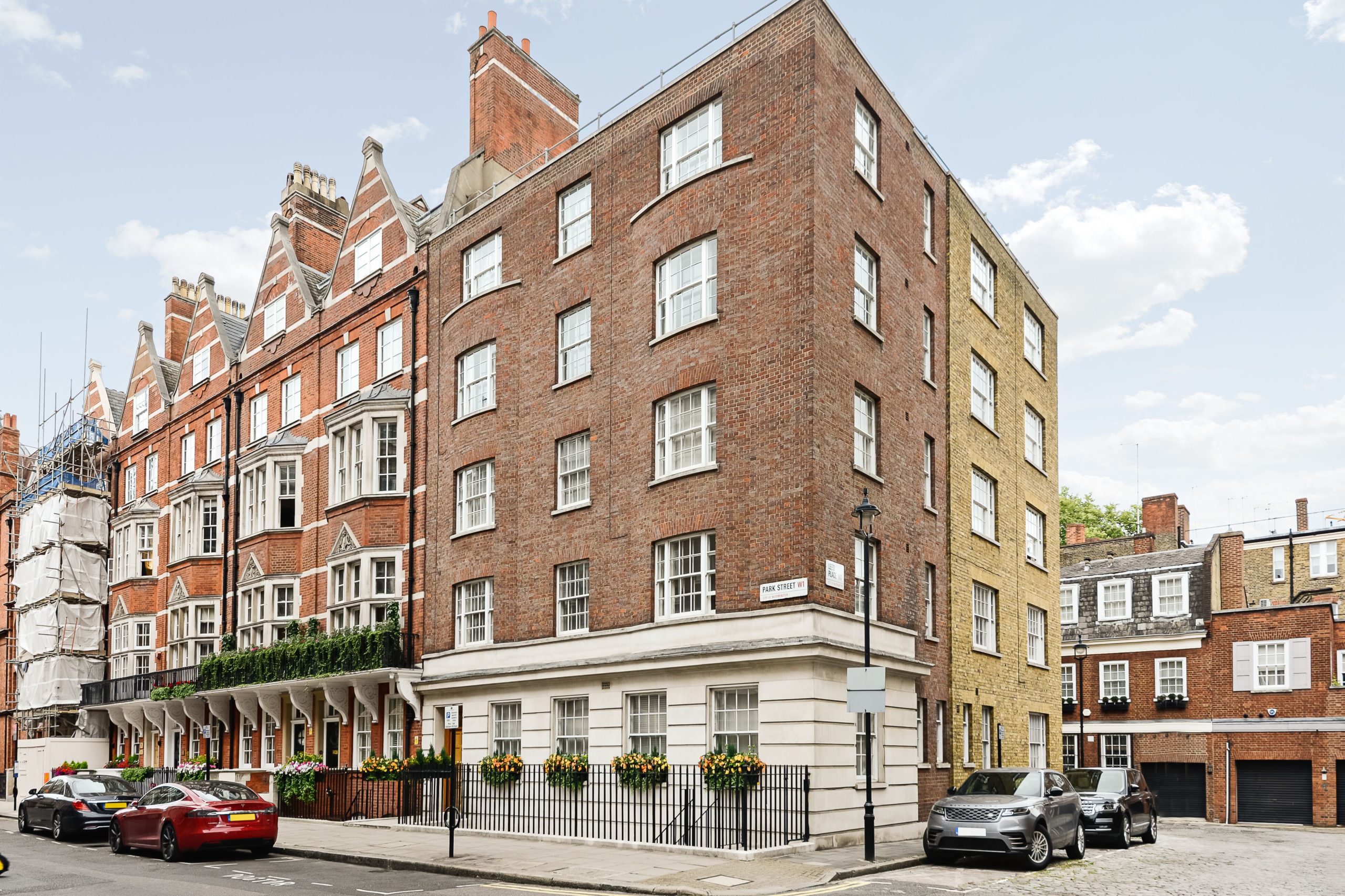
The Buying Solution’s Will Watson speaks to The Times about the price premium for a parking space/ driveway in central London.
Read more here: https://www.thetimes.co.uk/article/2c80f83a-13e6-11ed-b7ce-9b24bf628db2?shareToken=698b5b15ee5f7e6135c743a183e20a7a